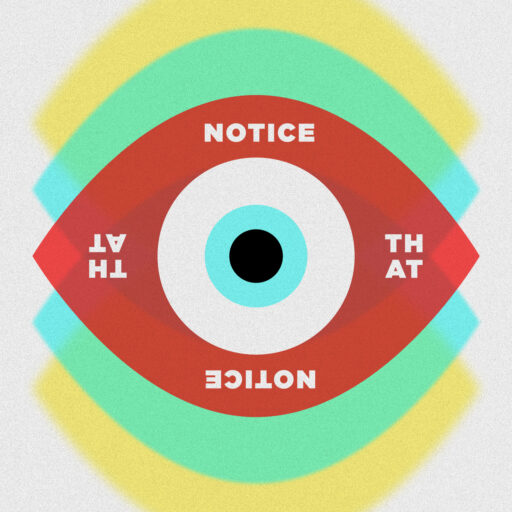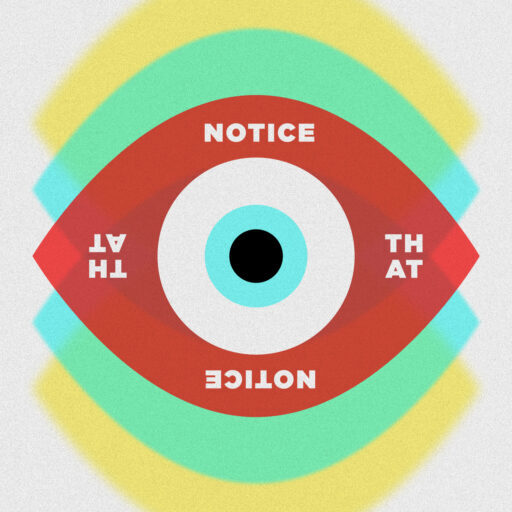Episode 53: EMDR and Intersubjectivity

Today Jen, Melissa and Bridger discuss intersubjectivity within an EMDR therapy session.
Today Jen, Melissa and Bridger discuss intersubjectivity within an EMDR therapy session.
Intersubjectivity and EMDR Therapy
- Check out episode 50 if you haven’t already!
- This episode is going to explain a more clinical definition of intersubjectivity.
- By incorporating intersubjectivity into sessions, this granted the feeling the freedom to make things explicit that wasn’t before.
- There was some anxiety at first but it has demonstrated a safe way for clients to begin to integrate their own work because we feel human to them in the process.
- Model rather than teach from a cognitive place.
Human to Human
- Subject and subject coming together, rather than object to object.
- This is very different from what many therapists experienced in grad school.
- “Because of my subjectivity, I am able to take a perspective that is objective.”
- Objectivity is very detached and rational, which causes our therapy to take on this flavor.
- In order to be completely objective, we have to dissociate and detach from the subjective part of ourselves, which is parts of ourselves needed for the therapeutic process.
- This then leaves the client trying to attach to an object rather than a safe human.
- How your body is responding to the client in the session is relevant in the therapeutic process.
- Why isn’t this taught in grad school?
- It’s very hard to measure, record and describe in progress notes and billing with insurance companies.
- Not always replicable and/or definable between person to person.
- A therapist who engages in intersubjectivity within the session requires them to be working on their own therapeutic work. This can be worrisome for therapists who haven’t already.
- When we say “truth” we are talking about the truth that our body is feeling towards this specific person, not about universal truths or objective truths. This is not about black and white absolutes.
Intersubjectivity as Therapy
- It’s not our answers to our client’s problems that’s healing for them, it’s the experience of being in a safe, relational connection with a human who is dedicated to staying in this space with them.
- The therapy of sitting with a calm human in the intersubjective space in the midst of chaos.
- When we are in this space as an object, we are more likely to reiterate their negative self beliefs and maladaptive thoughts. When we provide all the answers and solutions to their problems, this creates the “well I don’t know how to do that and they do.” This is reiterating negative patterns.
- Sometimes clients don’t need advice, but someone to hold space for them to connect and feel safe.
- The underlying feeling of uncertainty- This allows us to explore even deeper and give the chance for them to become curious of their own story.
- Invite the client to know your own affect. “There’s something I want to share with you, but I’m honestly a little nervous.”
Intersubjectivity with some clients may have challenges
- Showing up as a full human can backfire with some clients
- Some therapists have clients that have strategies that involve having a fight response and taking advantage of others’ vulnerability.
- The more we show up as ourselves, the less they need their fight/flight strategies. These seem to get activated more when we show up with too strong boundaries or too clinical.
- We have to determine for ourselves how safe we are in this situation and how much we need to share to create an intersubjective space.
- Check in with yourself before, during and after and reflect on that experience.
Intersubjectivity is one of the most intimate experiences a human being can have.
- This is where the development of self begins.
- Sometimes we don’t want to be open or vulnerable so we hide in objectivity.
- To break the rules of engagement, not just socially but professionally.
- Ex: when we welcomed our listeners into our intersubjective space
- With our clients, when we show up in this way, we are breaking all the rules for them.
- Where there’s rupture, there can be repair.
Imposter Syndrome
- We hear this phrase a lot from our consultees. This is such a deep concern and fear for many therapists.
- Our distancing from our humanity is the cause of imposter syndrome.
- How do we get past building great rapport with our clients to creating systemic change in their system?
- “The cognitive work makes the change.” This makes us think we aren’t catching their cognitive distortion or activating events… makes us feel we are a fake and aren’t good enough.
- How to show up as more human, when we already don’t feel like enough?
Intersubjectivity and EMDR
- EMDR has an opportunity to be way too objective by hiding behind protocol.
- “Stick to the script!”
- We lose the effectiveness when we lose our intersubjectivity.
- BLS + relational component
- Whatever is present, let it be present.
- Regardless of your background, trauma, current state of your healing process, if you show up as your authentic self, and offer safety and connection in that relationship, that is enough.
- Maintain the therapeutic relationship and use this as a resource for them. Check out our episode on resourcing! “I am a participant in this therapy session.”
- Installment- we can install the intersubjective experience. “What was that like to process your deepest trauma and have me here with you during that?”
Register for our Somatic Integration and Processing!






